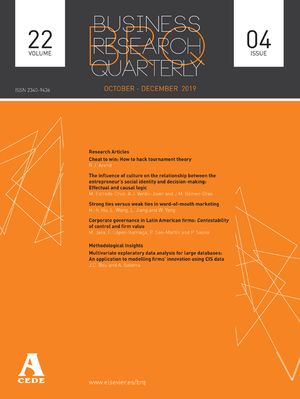El desarrollo tecnológico ha propiciado nuevos medios para la realización de investigaciones de mercado mediante encuestas. Estos nuevos medios dan lugar a diferentes niveles de interactividad del encuestado con el contenido de los cuestionarios. Un aspecto de gran interés es el cambio del procesamiento de la información y de la experiencia del encuestado ante esos distintos niveles de interactividad. Este trabajo analiza la reacción de los encuestados frente a encuestas autoadministradas con diferencias en los niveles de interactividad del cuestionario. Concretamente, se observa el efecto de esos niveles de interactividad sobre la actitud del encuestado hacia el cuestionario, sobre el estado de flujo que experimenta y sobre el procesamiento de la información que lleva a cabo durante su respuesta.
Technology evolution has induced one of the most profound developments in survey methodology, namely, the collection of survey data via the internet. Online surveys introduce higher levels of interactivity. In this context, how respondents process the information of the survey, and what their experiences are when they are exposed to progressive levels of interactivity are of great interest for marketers. This paper examines respondent reactions to self-administered surveys with different levels of interactivity. More specifically, we analyze how attitudes toward the survey, the questionnaire processing and the respondent's achievement of a flow state are affected by the presence of interactivity in the survey.




